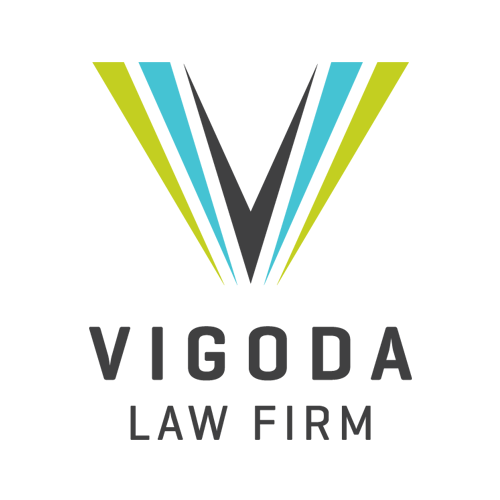Immigrant Intel: Guess Who’s Coming to America
/By Andrew Soboeiro
In the United States, it’s common to talk about “immigrants” as if they were a single group. Yet our country’s new residents are every bit as diverse as their native-born counterparts. There are currently more than 46 million people from foreign countries living in the United States. By understanding their myriad backgrounds and choices, we can put a human face on the newest Americans.
Background Basics
The most common immigrant backgrounds change over time, as new developments both here and abroad alter who wants to live in this country. Among recent immigrants, the following identities stand out:
- National Origins- According to data from 2015, of the roughly 1 million people who gained lawful permanent residence in the United States that year, 158,600 were from Mexico. Another 74,600 came from China, while 64,100 were from India, 56,500 from the Philippines, and 54,400 from Cuba. Among undocumented immigrants, it is estimated that roughly 59 percent are from Mexico, while 6 percent come from El Salvador, 5 percent from Guatemala, 3 percent from Honduras, and 3 percent from the Philippines.
- Primary Languages- Roughly 36 million US residents speak Spanish at home, while 2.6 milling speak Chinese, 2.1 million speak Hindi or Urdu, 1.7 million speak Tagalog, and 1.3 million speak Vietnamese. Other languages spoken by immigrant families include Portuguese, Russian, Arabic, German, Korean, Polish, French, and Japanese. Immigrants and their children are disproportionately likely to speak these languages at home, though the vast majority are also fluent in English.
- Religious Beliefs (If Any)- According to a 2012 study, 60 percent of new documented immigrants are Christian, 14 percent are not religious, 10 percent are Muslim, 7 precent are Hindu, and 6 percent are Buddhist. An additional 3 percent belong to other religions, which include everything from Sikhism to Jainism to Judaism to the indigenous traditions of various African, Asian, and Latin American countries. Among undocumented immigrants, an estimated 83 percent are Christian, 9 percent are not religious, and 7 percent follow other religions.
The origins and identities of immigrants are likely to continue changing. In particular, the percentage of immigrants originating in Asia is projected to increase dramatically in the coming decades, while immigration from Latin America will drop.
Careers & Communities
Upon entering the United States, immigrants make an indelible impact on their communities. While these communities exist throughout the country, newcomers are disproportionately likely to choose certain states and cities. Over half of all documented immigrants live in California, New York, Florida, Texas, or New Jersey. Likewise, the majority of undocumented immigrants live in California, Texas, Florida, New York, or Illinois. Among major cities, Miami, San Jose, Los Angeles, San Francisco, and New York have the highest percentages of foreign-born residents.
Certain communities are also known for hosting specific groups of immigrants. Dearborn, Michigan, for example, has large numbers of Lebanese, Yemeni, Iraqi, and Palestinian immigrants. Likewise, Providence, Rhode Island is a center for Portuguese, Brazilian, Cabo Verdean, and other Portuguese-speaking immigrants, while many Russian immigrants have congregated in Bergen County, New Jersey.
Once they settle into their new homes, immigrants follow every variety of career path, but are particularly likely to enter certain fields. Both documented and undocumented immigrants are overrepresented among construction, administrative services, manufacturing, accommodation, and agricultural workers. Documented immigrants are also disproportionately likely to work in the electronics industry and in personal services.
No matter their origin, occupation, or identity, Vigoda Law offers immigrants the information and legal support they need to succeed in their new country. To learn more about immigration trends, laws, and opportunities, call (919) 307-7817 or visit our website today.

